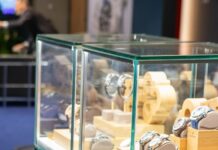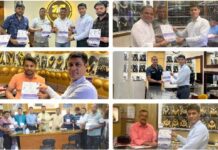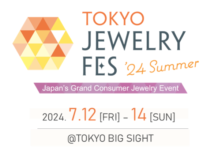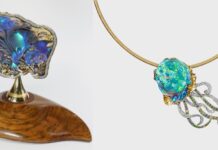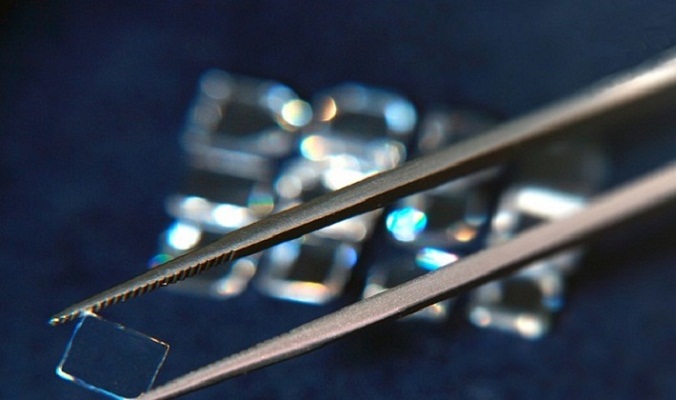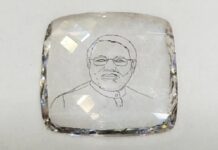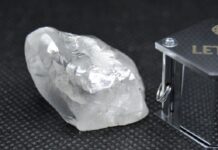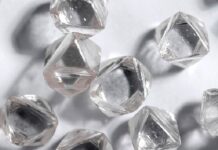Hong Kong-based Diamond Services, a developer of technological systems and services for detecting synthetic, imitation and treated diamonds, says research it conducted indicates that High Pressure-High Temperature (HPHT) created diamonds subjected to irradiation treatment may not be detected by many of the screening devices that test diamonds at room temperature.
The company said it was issuing a trade alert to the jewelry and gemstone trades which refers specifically to readily available detecting devices that examine diamonds at room temperatures, screening out stones that display phosphorescence after being exposure to an ultraviolet (UV) source.
“Phosphorescence is typical in HPHT-grown synthetic diamonds, which once removed from a UV excitation source will luminesce for a period of milliseconds to tens of seconds. It is, however, a phenomenon that is almost non-existent in naturally formed diamonds, being limited almost exclusively to Type IIb natural stones, which make up not more than 0.1 percent of the total number of available diamonds.
“Research conducted by Diamond Services has revealed that once an HPHT-grown synthetic diamond has been subject to irradiation, the diamond no longer will phosphoresce at room temperatures, meaning that it is unlikely to be screened out by many of the popularly used detection devices available today in the industry.
“Irradiation is typically used to alter the color of a stone, and Diamond Services reports that this masking of the phosphorescence effect has been witnessed both in diamonds that are colour-altered and diamonds in the standard color ranges.”
Joseph Kuzi, Diamond Services’ founder and president, said: “Our latest finding indicates that the diamond and jewelry trades should show extra caution, but we do not claim that irradiated HPHT-grown synthetic diamonds are undetectable. First, synthetic detection, like our DiamaTest procedure, which examines diamonds at the temperature of liquid nitrogen are extremely accurate, irrespective of whether the diamonds have been subject to irradiation. Second, it is a relatively simple to detect irradiated diamonds using Raman spectroscopy.”
Disclaimer: This information has been collected through secondary research and TJM Media Pvt Ltd. is not responsible for any errors in the same.







